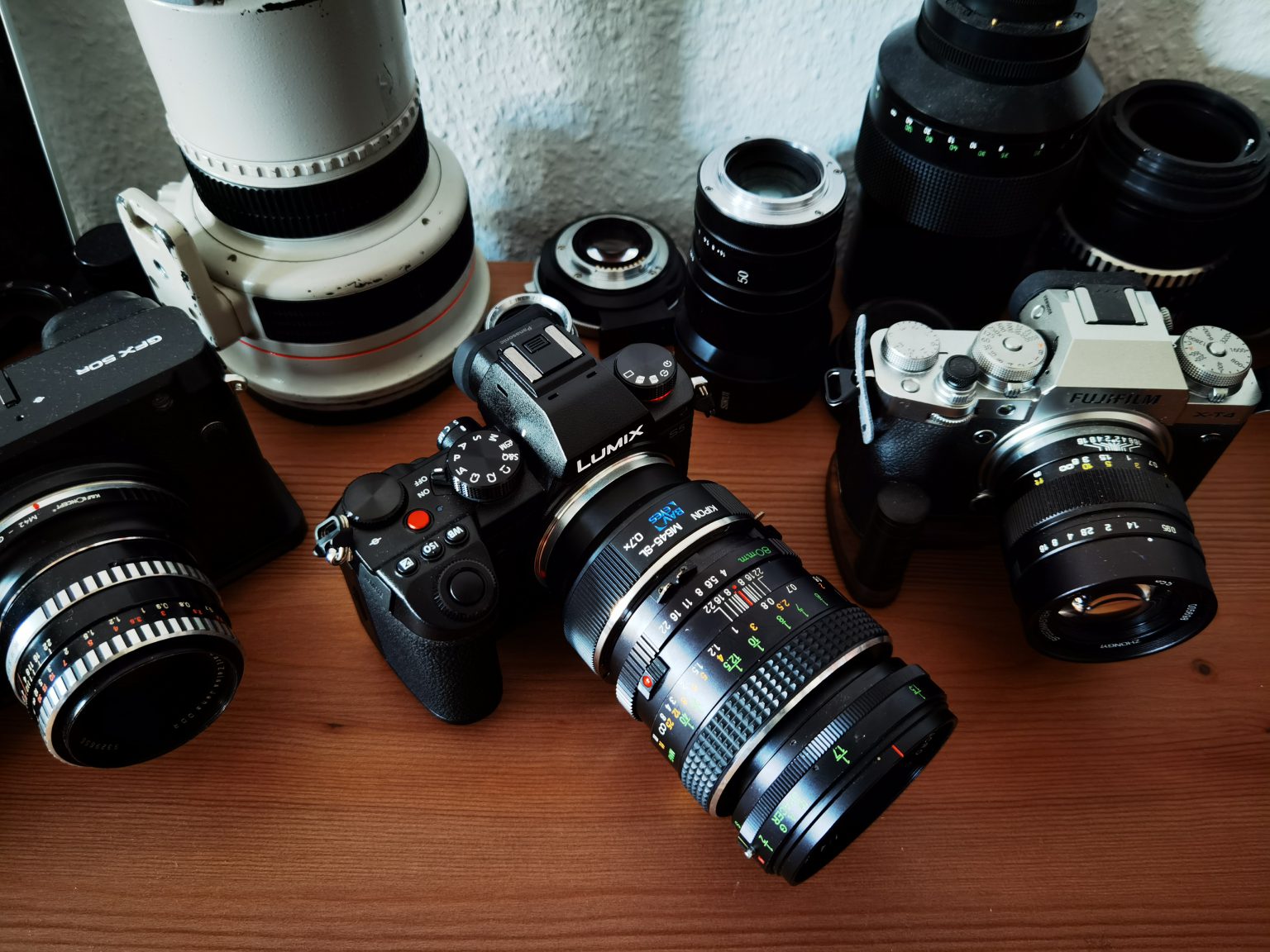
The Sony A7S series has always been considered the leader in low light at very high ISOs. But at just 12 megapixels, it’s a big sacrifice in resolution to get there especially in the 8K age.
The main thing that strikes me about the current 24 megapixel full frame sensors is they are CLEAN. Certainly ISO 3200 on my Panasonic S5 looks very similarly clean to ISO 3200 on the new Sony A7S III. I’ll be exploring this with my own test soon.
First to help us get our head around what Dual Native ISO is, the video above is a great example. The S5 has two native ISO circuits on the sensor. Low gain is ISO 640 and high gain is ISO 4000. Digital gain on the image processor is applied to get all the other ISO levels above 640 and above 4000 in V-LOG. Apparently the noise level at the two native sensitivities should be similar. Actually in the real world, a ton of variables change noise levels. Your exposure, your picture profile, even your LUT. The noise reduction settings in-camera of course. Your aperture and available light. Frame rate. Crop mode or full frame. The conclusion is pretty much that you should shoot between 640 and 1250 in V-LOG, and stay between 4000 to 6400 in low light situations. Avoid the digitally gained 1600 and 3200. To be honest though, I think the other variables make more of an impact on the image than native ISOs do. Of course a fast lens is always preferable to high ISOs.
Voigtlander have just released a 29mm F0.8 for the GH5S! That should be pretty handy against the full frame cameras.
The Sony A7S III does not have a dual native ISO sensor as far as I am aware, so it’ll be interesting to see how the new 12 megapixel sensor compares to the Panasonic S1H, S1 and S5. Meanwhile the Canon EOS R6 has a disadvantage in low light due to the much higher megapixel 8K sensor, but how big is the difference at ISO 6400 which is the maximum most people need on day to day shoots?
I’ll be doing a three way comparison soon between the A7S III, EOS R5 and Panasonic S5.




